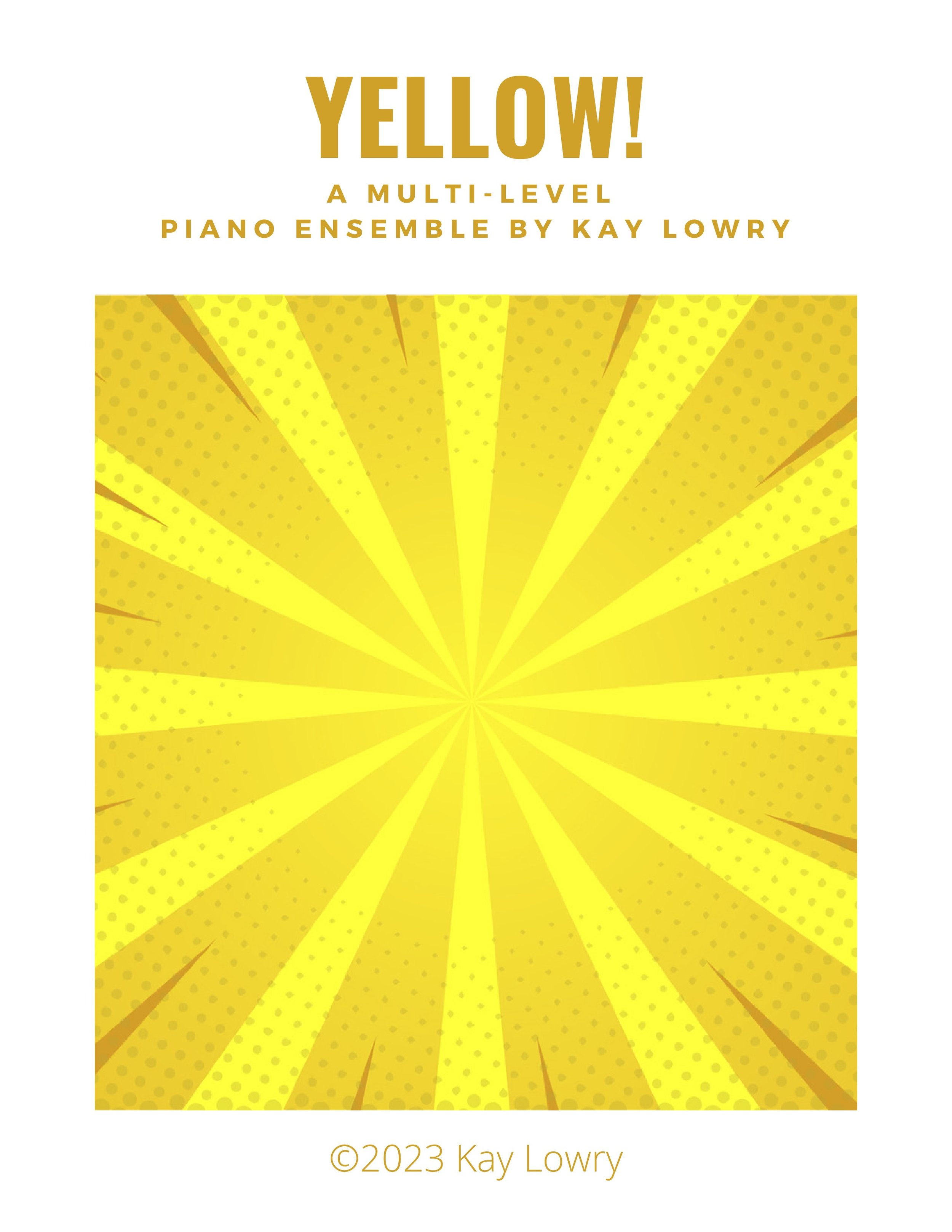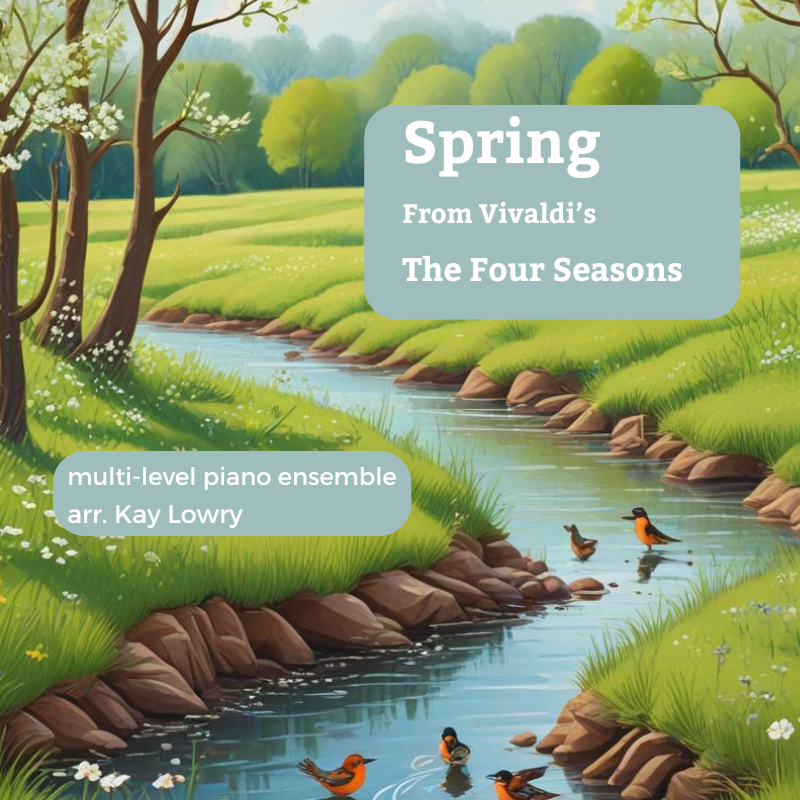Tackling the No-Practice Dilemma: Practical Solutions for Piano Teachers
It's real. When we learn a student has not TOUCHED the piano for a week, mental and emotional energy is definitely expended!
I know this topic hits close to home for many of you. The subject of zero practice is one that resonates deeply with teachers, and I’ve heard from quite a few of you sharing your thoughts and strategies.
The Emotional Rollercoaster of Zero Practice
When a student walks into a lesson without having practiced, it can stir up a mix of emotions. A bit of frustration, maybe a touch of panic as you scramble for what to do next, and a steady resolve to keep calm and make the most of the time you have together.
In moments like these, I find myself mentally sifting through all the possible options, weighing each one against what I know about the student in front of me. What’s the best way to keep them engaged and learning, even without the expected practice?
Practical Solutions for No-Practice Days
The good news is, there are so many wonderful teaching moments to be had, even on a no-practice day. Here are some strategies I lean on:
Ear Training: Sharpen their listening skills with focused ear training exercises.
Off-Bench Games: Keep things fun and interactive with off-bench activities that reinforce musical concepts.
Movement: Integrate movement into the lesson to help them connect physically with rhythm and music.
Music History: Dive into the stories behind the music to spark their curiosity.
Improvisation and Composition: Let their creativity flow with some time dedicated to making their own music.
Music Theory: Use this time to reinforce and review theory concepts in a way that feels fresh and engaging.
The Parent Perspective: Why Practice Matters
Now, let’s address something I’ve heard from parents: “I know Susie has so much fun at lessons, but she’s not practicing at home. Maybe we should stop lessons for now.”
Ouch, right? But it’s important to understand where this sentiment is coming from.
Parents enroll their children in piano lessons with the hope that they will learn to play the piano—not just play games, learn theory, or even build a mentor relationship with us (though all of these are valuable). When they don’t see the progress they expect, it’s natural for them to question whether lessons are worth continuing.
Sparking Interest with Multi-Level Ensembles
So, how do we keep students engaged and progressing, even when practice at home isn’t happening? One approach I love is using multi-level ensembles.
Yes, even if you primarily teach one-on-one, ensembles can work wonders. I’ve found that it’s super easy to get students excited about playing in an ensemble, whether it’s with me or with other students. They feel accomplished, and we’re still building those essential piano skills.
Plus, taking a quick video of the ensemble to share with parents can be a powerful way to show them the value of what their child is learning, even when practice time is limited.
Multi-Level Ensembles for Beginners
There are so many great multi-level ensembles out there, and I’d be honored if you’d check out the ones in my store. They’re perfect for students from zero piano experience up to the late elementary level.
Here are some examples to start with:
I’d love to hear your thoughts: How do you handle those no-practice days? Have you tried using multi-level ensembles in your lessons? Let’s keep the conversation going—leave a comment below!



